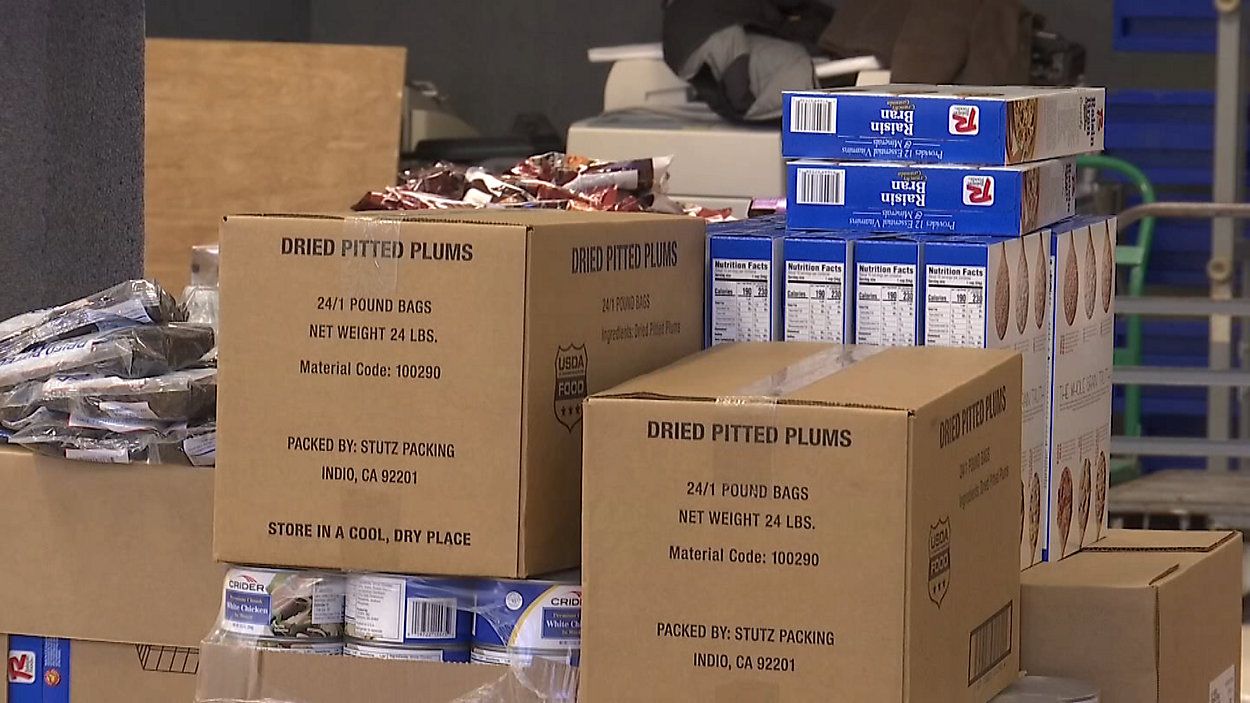As the pandemic raged across the five boroughs in April, nearly 40 percent of the city's soup kitchens and food pantries closed their doors, according to a new report released by Food Bank for New York City.
The report found that 73 percent of those emergency programs were in areas of the city where people were already struggling to put food on the table.
The Bronx, the city’s poorest borough, was the hardest hit, with 50 percent of soup kitchens and food pantries ceasing operations. Queens saw nearly 38 percent of its programs close.
According to Food Bank, many emergency food programs were forced to shut their doors because they were staffed by senior citizens, a group at high risk of contracting a serious case of COVID-19.
As a result, open soup kitchens and food pantries said they saw people traveling from other boroughs to get meals and groceries.
The mass layoffs caused by the closure of many businesses at the start of the outbreak in March has led to a surge of people looking for food assistance.
The report found that three-quarters of food pantries and soup kitchens fed more people in April than in the months leading up to the outbreak. According to those soup kitchens seeing an increase in clients, 91 percent of them reported serving first-time visitors, many of them furloughed or laid off workers. Nearly 80 percent said they were seeing more families with children.
Many food pantries said to they’ve been giving clients enough food to last them a month in an effort to cut down on frequent visits and facilitate social distancing.
“This is the new normal for New York City,” Food Bank for New York City president and CEO Leslie Gordon said in a statement. “And Food Bank is doing everything possible to meet the need that exists today and the need that will continue to exist in the coming weeks, months and years."
